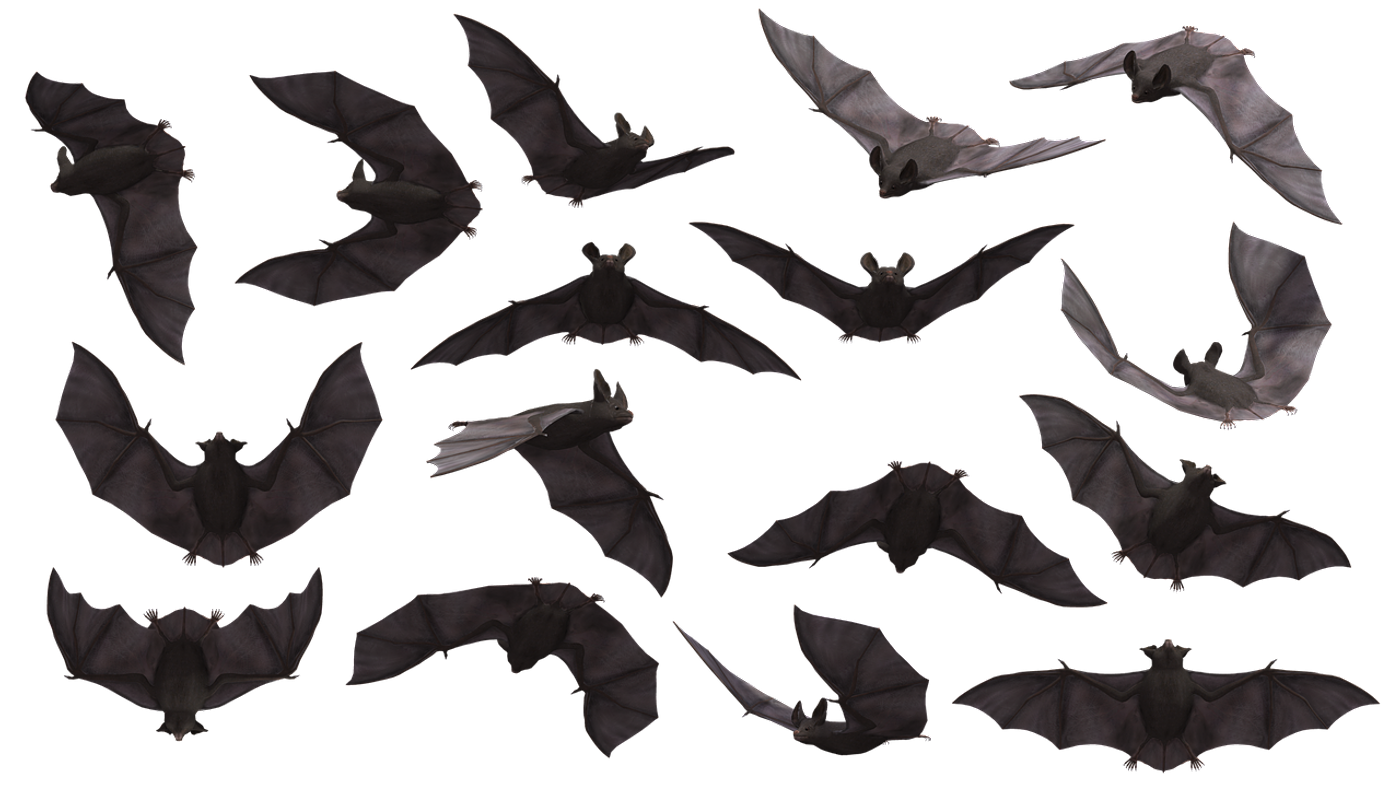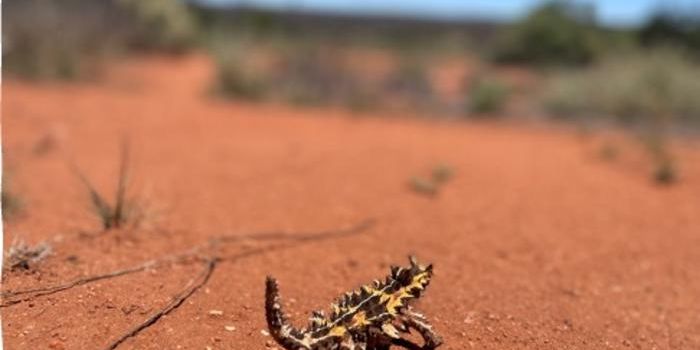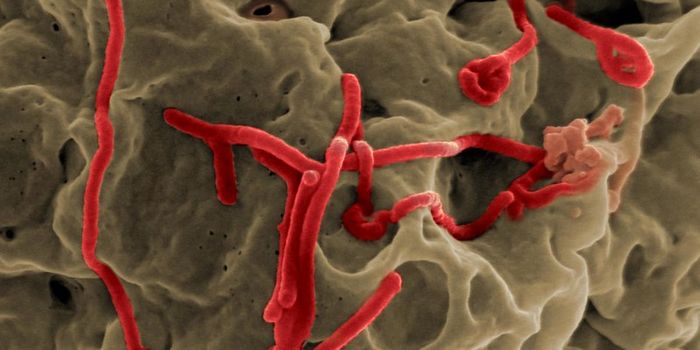Big Brown Bats Live Longer Due to Hibernation
A recent study published in the Proceedings of the Royal Society B: Biological Sciences discusses hibernation as the secret behind the exceptional 19-year life-span of the big brown bat, the most common bat in the United States. This collaborative study between scientists from the United States and Canada determined that winter hibernation extends a big brown bat’s biological marker of aging—also known as its epigenetic clock—by three-quarters of a year.
"Hibernation has allowed bats, and presumably other animals, to stay in northerly or very southerly regions where there's no food in the winter," said University of Maryland Biology Professor Gerald Wilkinson, who is a co-author on the study. "Hibernators tend to live much longer than migrators. We knew that, but we didn't know if we would detect changes in epigenetic age due to hibernation."
The study was carried out by examining small tissue samples retrieved from the wings of 20 big brown bats (Eptesicus fuscus) during winter and summer periods, as the bats hibernate in the former while being active in the latter. The bats are housed at a research colony at McMaster University in Hamilton, Ontario, Canada, with age ranges from less than 1 year to slightly over 10 years.
After sample collection, the team measured differences in DNA methylation—the biological process connected with gene regulation—between samples retrieved from the same bat during the two periods. The team found certain sites within the bat’s genome possessed changes in DNA methylation, which turned out to be affecting metabolism during hibernation.
"It's pretty clear that the sites that decrease methylation in the winter are the ones that appear to be having an active effect," Wilkinson said. "Many of the genes that are nearest to them are known to be involved in regulating metabolism, so they presumably keep metabolism down."
By applying a previous study involving the establishment of the first epigenetic clock for bats, which allows for accurate prediction of the age of any bat in the wild, the research team was able to demonstrate that hibernation is the secret behind the bats’ longevity.
While this study helps us better understand why a bat has greater longevity compared to other mammals of similar size, such as a mouse, this also raises new questions.
"We still don't have a very good understanding of why some bats can live a really long time and other ones don't," Wilkinson said. "We've shown that the ones that live a really long time all share the ability to hibernate, or to go into torpor frequently. That seems to be a corollary, but it's not sufficient because hibernating rodents don't live 20 years."
Wilkinson says his next step is to conduct a follow-up study comparing big brown bats in Canada to the same species in Florida, where the latter does not hibernate. Through this study, Wilkinson hopes to gain a better understanding of how big of a role hibernation has in longevity.
Sources: Proceedings of the Royal Society B: Biological Sciences
As always, keep doing science & keep looking up!









